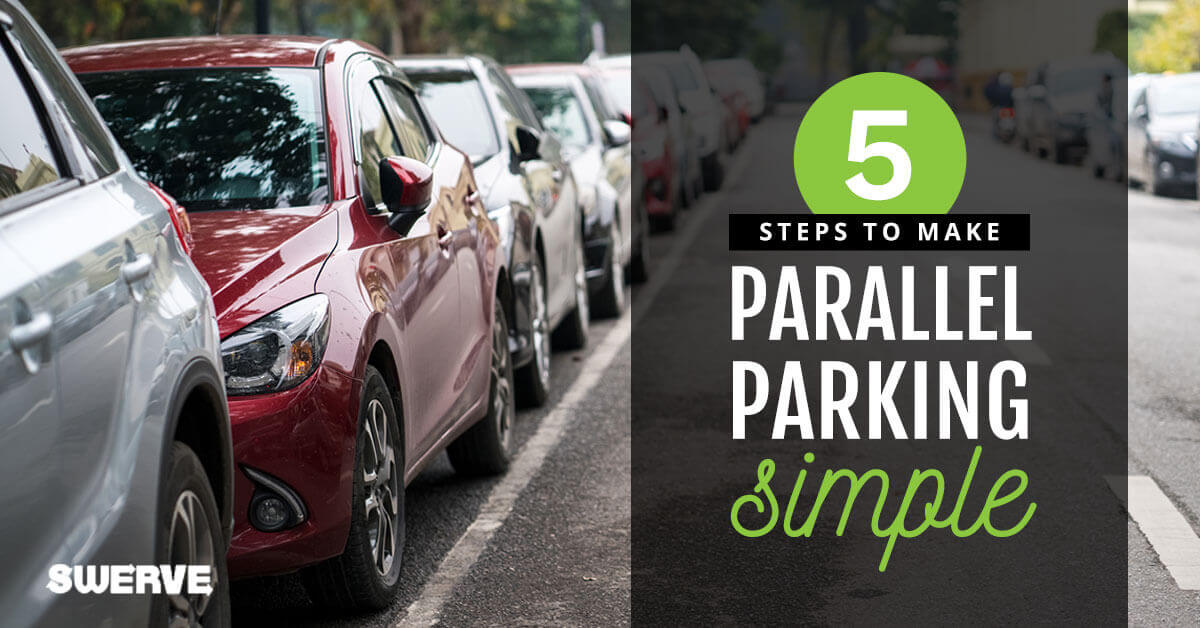

There are some downsides to parallel parking between four poles, though. Downsides to parallel parking between four poles You might even be able to “borrow” an existing setup at a local testing location, such as a driving school or DOL office. You know how big the space should be, and you can make your own practice area. The benefit of the fixed regulation distance is the fact that it makes it easier to practice. The space created by the four poles should be 25 feet by 7 feet The poles should make a rectangle that is 25 feet by 7 feet. The poles are placed at fixed distances from each other. As long as you do well on the rest of the test, hitting a pole is no big deal.

It’s only a four-point point deduction! You lose four points, and the test continues. When you hit the plastic poles, it’s not an automatic failure. Hitting the four plastic poles is not an automatic failure One bad move and you can fail the test and be responsible for damage you may have caused. Because of the added risk of hitting a car, it is a high stakes maneuver. This makes the “real cars” scenario much more stressful. Therefore, when you parallel park between real cars, you run the risk of hitting a car and failing. You’ll be maneuvering very close to them, which increases the risk of hitting one. If the testing location has you parallel park on the street, you will be parking with real cars. You’ll have to try again another time, and pay for another test. The examiner will direct you back to the testing location (aka The Drive of Shame). Whenever you hit another car, you fail your driving test instantly. Hitting a car is an automatic failure, and can be costly The two methods are scored very differently. ( Learn more about automatic failures here ). Why? Because when you parallel park between four poles, it is much harder to get an automatic failur e. You should take your test at a testing location where they parallel park between four poles instead of on the street. Or you could park between four tall plastic poles (called stanchions) in a parking lot. You can parallel park on the street with real cars. The Washington state driving test includes parallel parking. This is a typical setup for Parallel Parking using four poles in Washington State


 0 kommentar(er)
0 kommentar(er)
